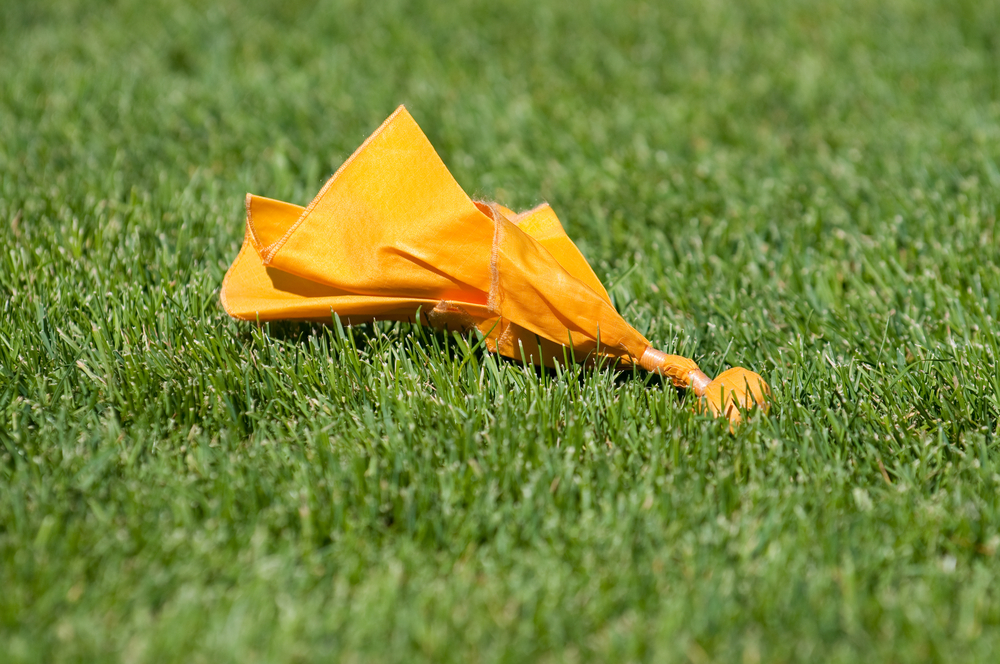You might be seeing some new ranking penalties for your site soon. Google is continuously moving toward a more mobile-friendly internet, and in 2017, they’ll be cracking down on mobile pop-ups and interstitials. If you’ve ever had one appear on your phone screen, you already know how annoying they can be – they are disruptive to your browsing flow and often cheapen the site’s content.
According to SimilarWeb’s 2015 report, about 56 percent of web traffic to leading websites comes from mobile devices. And now that mobile searches have surpassed desktop, Google is full speed ahead making sure the mobile experience is as optimized as possible. In fact, the search giant is so focused on the mobile experience being the primary experience that they’ve removed the “mobile-friendly” label on search, under the assumption that all sites should now be mobile-friendly (especially because they’ll be penalized if they aren’t). Mobile-friendliness is no longer just a nice feature on a site – it’s become a mainstream SEO best practice.
 You’ve likely seen pop-ups and interstitials like the ones above – and if you’re anything like me, you probably promptly clicked the “back” button.
You’ve likely seen pop-ups and interstitials like the ones above – and if you’re anything like me, you probably promptly clicked the “back” button.
If your whole screen is only 4 inches, a popup or an interstitial could completely destroy your experience, so Google will be attempting to penalize publishers who are responsible for negatively impacting UX. Their upcoming restrictions on interstitials will be a long-awaited fix for something that has been annoying mobile browsers for years.
How to avoid the Google penalties
The easiest way to avoid the mobile interstitial and pop-up penalty is to think like Google, whose main objective is to make the internet more accessible, browsable, intuitive and honest, especially for mobile browsers. This means there are some exceptions to Google’s pop-up policy: If yours serves a real, honest purpose, chances are you’ll be okay.
An acceptable pop-up or interstitial might be one that requests age verification or cookie permission, or just shows a small, non-intrusive banner about a piece of relevant news. If that’s what yours are already doing, congratulations! That’s how they should be used. Your users, and Google, will understand their intention, and you’ll avoid penalties. When you use these tools for useless, disruptive or dishonest purposes, you might be facing Google’s ranking penalties come 2017.
The first step, and the easiest way, to gauge if your pop-up or interstitial will set off red flags with Google is to be honest with yourself.
Think about the intention of your pop-up, how users engage with it, and how it complements – or disrupts – the flow and experience of your site. Inaccessible content means a bad mobile experience for your user and a damaged ranking from Google.
Get optimized for mobile before 2017
Use Google’s latest announcement as an opportunity to audit your site’s mobile optimization. Google is getting increasingly serious about mobile, and we can be sure that additional penalties and ranking updates will be in place by the time these constraints go live. In the meantime, here’s our quick refresher for covering all your mobile-friendly bases:
- Make sure all mobile text is readable without pinch-zooming.
- Don’t rely on Flash or other clunky, unsupported software.
- Keep you content easily scrollable.
- Optimize for local search.
- Design for fat thumbs:
– Don’t put links too close together.
– Keep your buttons large.
As we barrel toward an even more mobile-dominated web, the rules of what makes a usable, high-quality website are changing. Mobile devices can be sensitive platforms for content, so keeping up with Google’s algorithm updates is crucial for maintaining a healthy mobile SEO.





